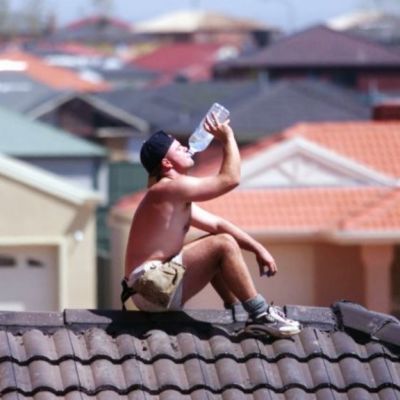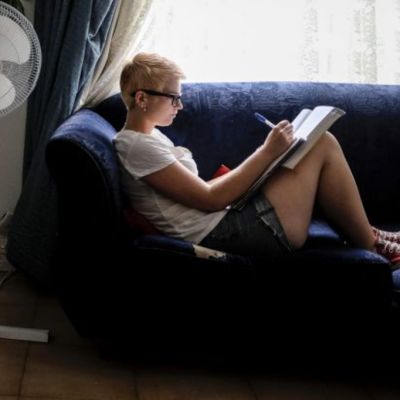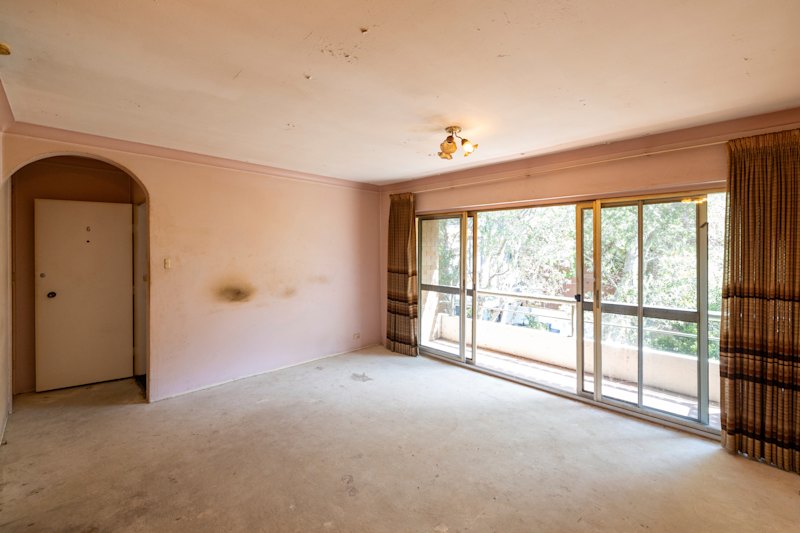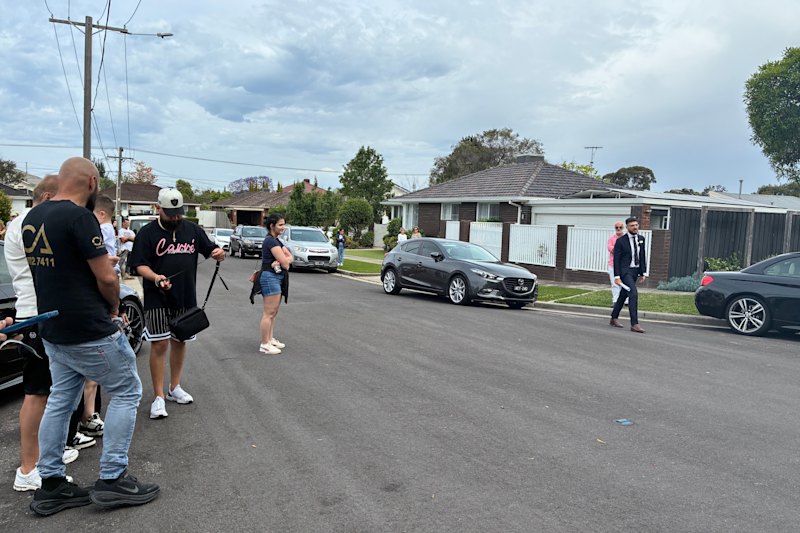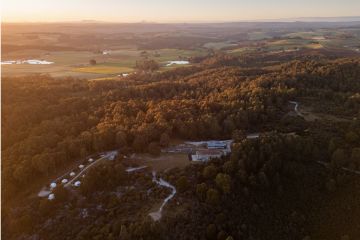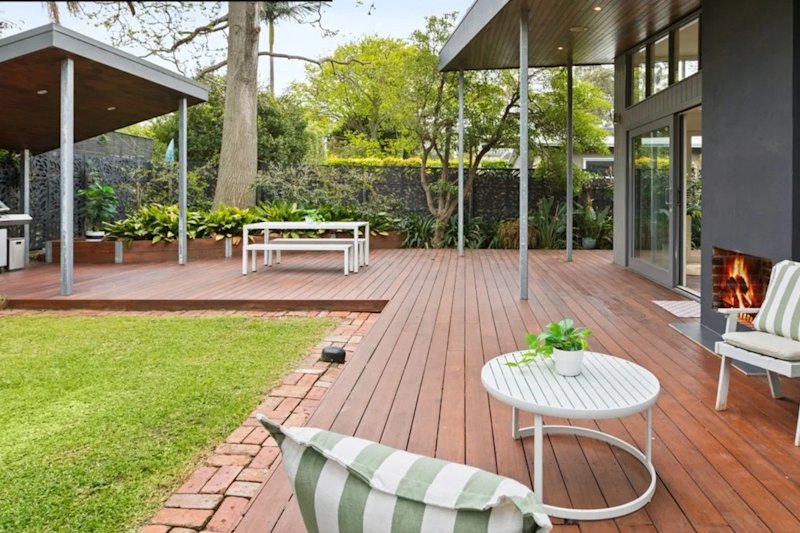Lack of insulation, proper fittings mean Australian houses are too cold for many
The Victorian government will invest $18.8 million to make new homes and underperforming commercial buildings more energy efficient as part of a package of energy measures.
The funding includes $8.9 million to boost efficiency standards for new homes and $5.7 million for the residential efficiency scorecard, which is still being trialled as a rating tool for households to measure their energy performance.
“We want to ensure that Victoria’s homes are the most comfortable and healthy in Australia,” said energy minister Lily D’Ambrosio.
The measures come alongside increasing calls for state governments to strengthen residential building regulations, with housing experts saying the country’s housing falls below international standards.
“Australian building regulations are not as stringent as some overseas,” says Melbourne University lecturer Robert Crawford, who attributes some of the problem to poor building practices and design, including badly installed insulation or glazing.
With winter looming, higher efficiency standards on Victorian homes would be a welcome change for German expat Felicitas Mayer. She shocked to discover that Australian homes are not often built to withstand colder temperatures.
The problem is greater with older houses, as opposed to new builds. New houses need a minimum six-star efficiency rating, while the average existing house has a two-star average.
Rental properties are worse. Retrofitting an existing house to have better insulation is expensive, especially for landlords who don’t see any financial benefit to investing in something that helps occupants who aren’t necessarily going to pay more for it.
“It is bloody freezing,” says Mayer, who lives in a house in Richmond with her Australian fiance. They have a heater in just one room, she says, which would be unheard of in northern Europe.
“It’s especially annoying because everyone keeps telling me that I should be used to it because I’m from Germany. Well, we also have proper doors without gaps, thick walls with insulation and double-glazed windows.”
Migrants from colder climates share similar stories. A 2014 survey of 120 European and North American expats, conducted by building products company CSR, found that 75 per cent of them felt Australian homes were colder than they were used to in winter.
Their sentiments may be counterintuitive but they are not unfounded, says Crawford. But it also suggests a cavalier attitude to winter.
“Because we think that the climate is not that extreme here, we tend to then think, ‘Oh, we can survive’. But it doesn’t take much less than 18 degrees to get cold, uncomfortable or sick,” Crawford says.
In summer, news reports warn about heat waves leading to health problems and even death. But there is another danger that gets far less attention.
A 2015 report published in The Lancet journal found that 0.5 per cent of deaths in Australia can be attributed to hot weather, while 6.5 per cent of deaths are related to cold exposure — one in 15 Australians.
The report found that that more people died of cold-related illnesses in Australia than in Sweden.
Queensland University of Technology Professor Adrian Barnett says Australia’s poor efficiency standards and indifference to cold weather is a huge public health issue.
“I think because it doesn’t kill people very obviously we kind of put up with it,” he says.
Barnett says cold weather is a silent contributor to heart attacks, strokes and respiratory issues, though it can be hard for doctors to make the connection.
“It’s just not on anybody’s radar. It just looks like you die of a normal heart attack.”
Countries with colder climates, such as Sweden, invest in warm housing because they have to, says Barnett.
“If they had houses like us they would be dropping like flies,” he says.
How do we make Australian houses warmer? Crawford says installing insulation is probably the “lowest hanging fruit”.
Environment Victoria’s Anne Martinelli says a range of government programs, such as the energy efficiency target, can help people invest in better housing, though few of these programs reach renters, many of whom are most vulnerable to poor housing conditions.
She says the answer lies in stricter efficiency regulations.
Environment Victoria has launched a campaign for the state to introduce efficiency standards for rental properties as part of the review of the Residential Tenancies Act. Martinelli says the problem will only be compounded as housing becomes increasingly unaffordable.
“It’s way passed time that this problem can be dismissed as minor or temporary,” she says. “It’s a long-term problem for a lot of people.”
We recommend
States
Capital Cities
Capital Cities - Rentals
Popular Areas
Allhomes
More
- © 2025, CoStar Group Inc.
